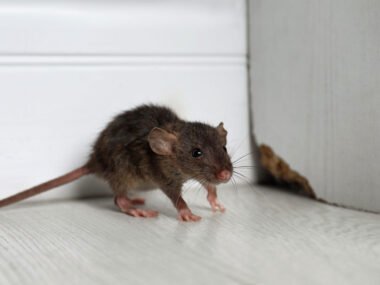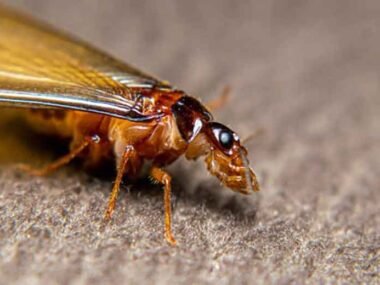Climate change affects many parts of our lives, and one important area is how it changes pest patterns. Pests-like insects, rodents, and plant diseases-can cause serious problems for farming, forests, human health, and the environment.
As the climate gets warmer and weather becomes less predictable, pests are showing up in new places and behaving in different ways. Understanding these changes is key to protecting our crops, health, and ecosystems.
Pests Are Moving to New Areas
One major change we’re seeing is that pests are spreading to areas where they didn’t live before. Warmer temperatures mean that many insects can survive in places that used to be too cold for them. For example, the mountain pine beetle used to only live in certain forests in North America, but now it’s spreading further north and to higher altitudes, damaging more trees.
In farming, pests like the corn earworm and the fall armyworm are also expanding into new regions. These insects damage crops like corn, cotton, and tomatoes. Farmers in these new areas may not be ready to deal with them, which leads to crop losses and higher costs for pest control.
More Time to Reproduce
Because of longer warm seasons, many pests now have more time to breed. This means more generations of insects in a single year. Mosquitoes, for example, can now live and reproduce for longer periods, especially in warmer and wetter places.
This increases the risk of diseases they carry, such as malaria, dengue, and the Zika virus. The same goes for plant pests like aphids, which suck the juices out of crops. More aphids mean more crop damage, and in some cases, these pests also spread plant viruses.
Nature’s Balance Is Being Upset
Normally, pests are kept in check by natural enemies-like birds, spiders, and other insects. But climate change is also affecting these predators. If temperatures or seasons shift, these helpful animals may not appear at the right time to control pests.
This gives pests a better chance to grow in number. Also, unpredictable rainfall or long dry periods can harm beneficial insects, while some pests survive better during these tough conditions. This throws nature out of balance and can lead to pest outbreaks.
Pest Control Is Getting Harder
Traditional pest control methods-like using pesticides-might not work as well in a changing climate. Temperature and humidity can affect how well these chemicals work. And when pests breed more quickly, they may also develop resistance to pesticides faster.
Because of this, more people are using Integrated Pest Management (IPM). This approach uses a mix of methods-such as using natural predators, rotating crops, and only using chemicals when truly needed. IPM helps reduce harm to the environment while keeping pest numbers low.
What We Can Do
As climate change continues, we need to be ready for new pest challenges. Farmers, scientists, health workers, and governments must work together. Some key steps include:
Monitoring pest movements in real time. Using weather data to predict pest outbreaks.
Educating communities about pests and how to prevent them. Creating flexible pest management plans that can adapt to changing conditions. Check out a trusted pest control company in Seattle to learn more.
Keep Your Home Pest-free
Climate change is making it easier for pests to spread, live longer, and reproduce more. This affects our crops, forests, and health. But with better understanding and smarter strategies, we can adapt to these changes and reduce the damage pests cause.
If you want to read more articles, visit our blog.







